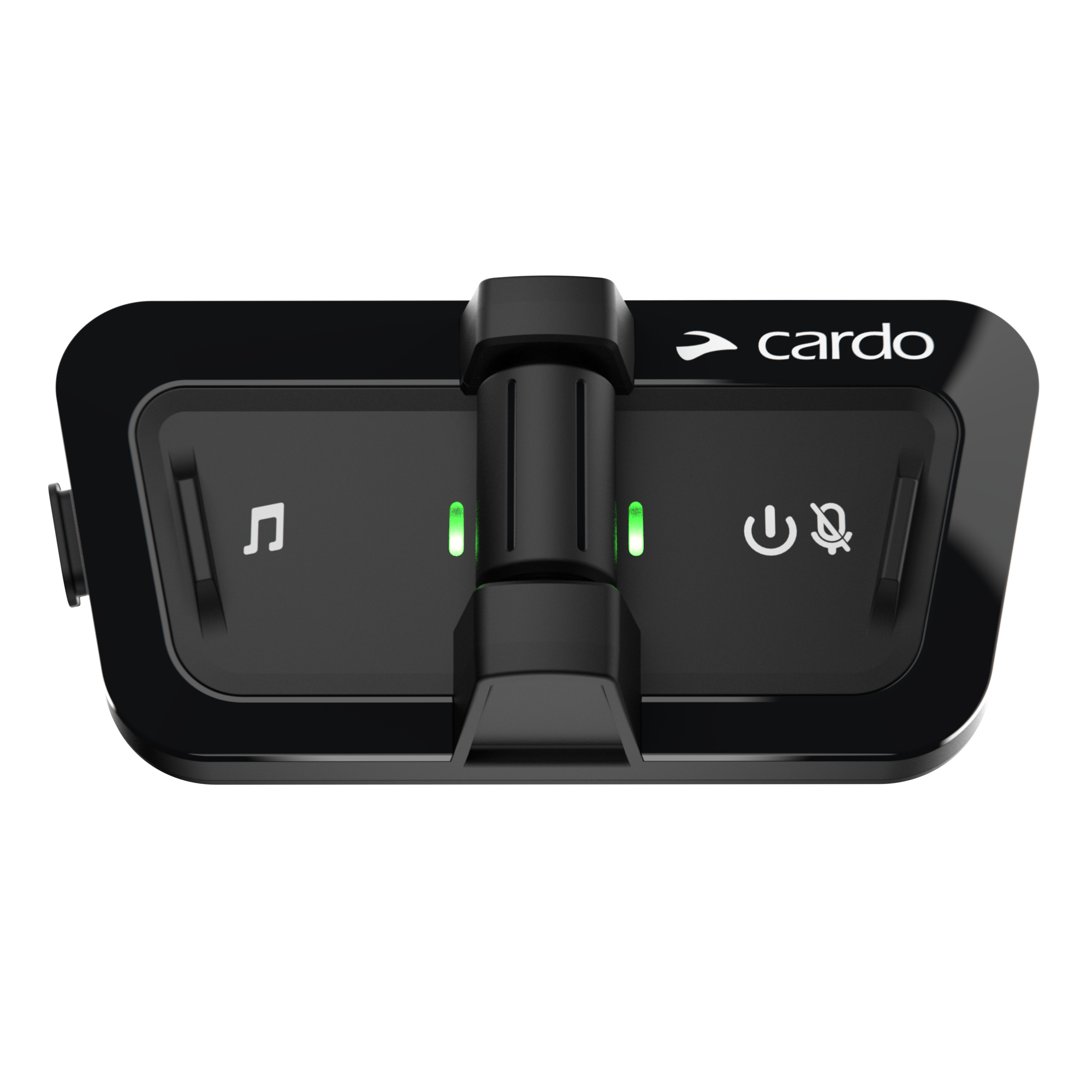Around 40 million people enjoy mountain biking every year. It’s a relatively low-cost sport that allows you to connect to nature in new ways. You don’t need a license or permit to bike, which makes it fun for all ages. But riding in the mountains or on rugged trails isn’t the same as pedaling over paved roads. The good news is that there aren’t any cars around, but you’ll need to prepare for new terrain to reduce your risk of injury along the way. So, what do you need to get started?
Mountain Bike
It all starts with the bike itself. Don’t use a road bicycle or single-speed when climbing steep hills. They have thin tires that will get stuck in the mud. You also need to be able to shift gears depending on the incline. There are lots of different types of mountain bikes to choose from, but trail bikes tend to be the best for beginners. They are built for dirt roads and hills and usually cost less than mountain bikes. If you plan on taking on some seriously tough terrain, use an all-mountain or fat tire bike for extra traction when driving over snow, sand and unstable rocks.
Helmet
You should always wear a helmet when riding a bike, especially if it’s on a mountain. It doesn’t matter where you’re riding — you need to protect your head by wearing either a half-face or full-face helmet. Use a visor or goggles to protect your eyes from dirt and debris. Make sure the helmet fits securely on your head without making it uncomfortable to ride.
Use the Cardo Packtalk Outdoor to Keep in Touch on the Trail
Helmet Communication
You will also need a way to communicate with your companions when traveling in a group. Don’t expect to carry on a conversation side by side when you’re cruising down a narrow path. Use a bike helmet with Bluetooth by pairing it with a wireless headset. The device automatically connects to the other riders in your group so you can carry on a conversation hands-free.
Use the Cardo Packtalk Outdoor to connect to up to 15 other riders at a time. You don’t have to manually reset the connection when you fall out of range. Just keep pedaling and the device will automatically reconnect so you can continue from where you left off.

Source: Oleksiy Rezin/Shutterstock.com
Bike Clothing
You will almost certainly work up a sweat when biking, so be sure to wear light moisture-wicking clothing that will dry quickly when wet. Fabrics made of nylon or wool tend to be best. The clothes should be snug against your skin, so they don’t flap around in the wind, without cutting off your circulation. Wear bike shoes with good traction to stay in control of the bike.
Consider having a waterproof jacket in your pack as well in case it starts to rain. You may also want to insert pads into your clothing to protect yourself if you fall.
Bike Repair
The earth can be rough on the components of your bike, so bring along an emergency toolkit to make quick repairs on the spot. The first thing to go is the tube inflating the tire. Keep a spare tube and patch kit on hand to fix the tire. You will also need a bike pump and multitool to change out the tube if you get a flat. Be sure to lubricate your chain before you ride and clean it off as needed. It helps to have a rag on hand so you can clean off the grease and dirt.
Navigation
You can mount your GPS or cell phone to the handlebars on your bike to navigate the trail. But you might lose a signal in remote areas. Bring along a paper map and compass just in case you get lost.
First Aid
Have a first aid kit nearby in case of cuts and bruises. Keep some sunscreen and insect repellent in there as well to keep the elements at bay.
Pack
Everything will need to fit in a backpack that’s light and comfortable to wear. Make sure it is waterproof to keep moisture and mud at bay. You can also add a storage rack to your bike to make room for more gear.

Source: 24K-Production/Shutterstock.com
The trail is likely to be unpredictable, so make sure you have everything you need to enjoy the trip safely!









